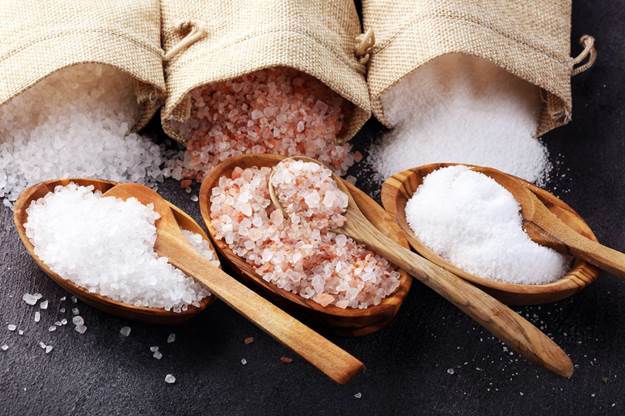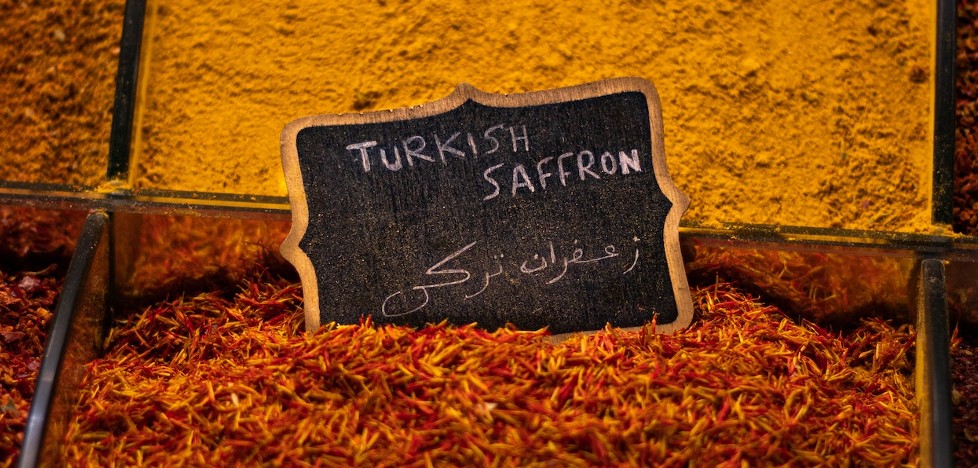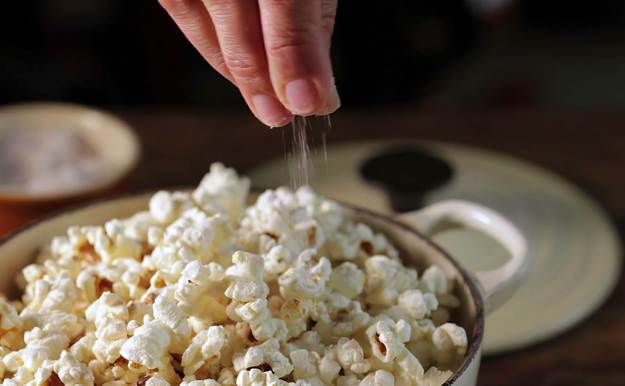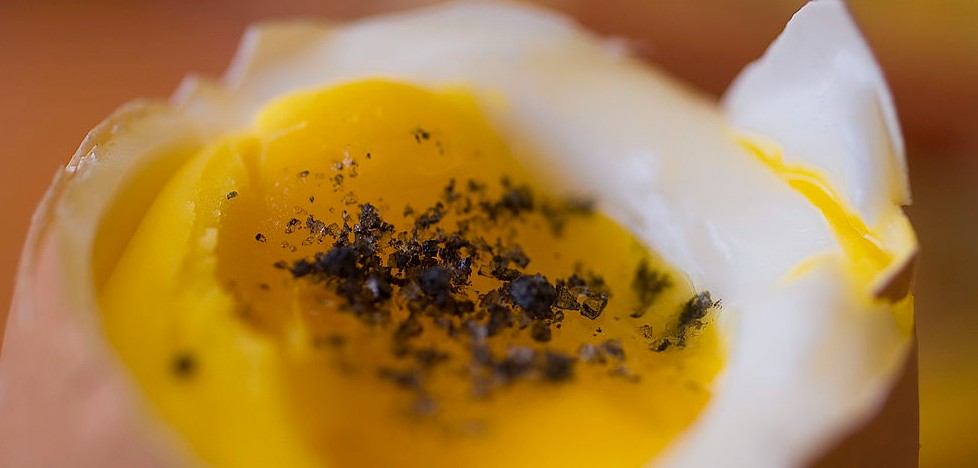Like most people, you probably think the salt in your salt shaker is the only kind available. However, salt comes in wide varieties, some of which are exotic and go far beyond your regular table salt. And rare salts with unusual flavors can command a surprisingly high price.
If you want to season your food the way wealthy people do, you may want to check out some of the salts on this list. You’ll learn a little about what dishes they work best with and why they’re so expensive. You may just find a new favorite to sit alongside your pepper shaker!
Korean Bamboo Salt
Korean bamboo salt is, by far, the world’s most expensive salt. It costs a whopping $200 a pound. That’s because this luxury salt takes a considerable amount of time and effort to prepare.
The process begins with collecting seawater. It’s then heated up enough to boil away the seawater, leaving just the sea salt behind. When enough of it is collected, the salt is packed into hollowed-out bamboo shoots and then roasted.
Once the bamboo is burned away, the fire is allowed to burn down, and the salt is collected and packed into another hollowed-out bamboo shoot. The process is repeated for nine cycles, which is why this salt is also known as Korean 9x salt. The result of this process is a salt with a grayish-purple color, which is also why Korean bamboo salt is known as “amethyst bamboo salt” or “purple bamboo salt”. The entire process takes about a month and a half to complete.
The extreme roasting regimen is what makes this salt so very special. For one thing, it burns away the impurities that were left behind in the salt by the seawater. For another, it infuses the salt with minerals from the bamboo that sea salt does not usually possess, making it especially good for you. Korean tradition says that there are a lot of health benefits to eating amethyst bamboo salt.
The infusion also gives the salt its unique flavor. And it’s a strong one, so it should be used only sparingly in very spicy food. It works well for both cooking and for finishing.
Of course, while Korean Bamboo is the most expensive salt, several other salts are not far behind.
Kamebishi Soy Salt

If you thought the 45-day preparation time for Korean bamboo salt was incredible, wait until you hear about Kamebishi soy salt. Getting a new batch of soy sauce made in the traditional way requires a soy starter, which is made by fermenting soy sauce in 100-year-old cedar vats for a full three years. The resulting thick liquid is almost 15% salt.
Some of this soy starter is used to start new batches of soy sauce, and this traditional method is why Kamebishi is famous for its exceptionally flavorful soy sauce. Some of it, though, is dried until it forms flakes of soy salt, which is salt with a soy sauce-like flavor.
Kamebishi is the only manufacturer still using the traditional soy sauce method, so it is also the only manufacturer of soy salt. The extreme length of preparation time required, combined with limited manufacturing runs, makes this salt relatively rare and is a big part of what makes this salt cost $155 per pound.
Because this salt has a very soy-sauce-like flavor, it can be used in place of soy sauce to give dishes a robust taste and a more interesting texture. It also makes a good rub.
Bora Bora Sea Salt

The South Pacific Ocean is incredibly pure. So, when residents of Bora Bora extract salt from it, they don’t need to treat it to remove impurities. Because these treatments usually damage the salt in some way, the sea salt produced in Bora Bora tastes unusually pure.
Bora Bora sea salt is extracted using old-fashioned processes. No automation is involved, so only small amounts of salt are produced each year, which is why it costs $145 per pound. In addition, its pure taste makes the demand for it very high.
But the taste is not the only reason to use Bora Bora sea salt. People also love it because it’s so environmentally friendly. It’s made using only solar, wind, and hand power, so it’s an incredibly sustainable salt.
Bora Bora salt is best used as a finishing salt.
Saffron Salt

Saffron salt is exactly what it sounds like: salt infused with saffron, with the yellow-orange color of saffron. And that’s what makes it so expensive at $115 a pound. You see, saffron is one of the most expensive spices in the world, selling for roughly $2,500 a pound. The price comes from its scarcity and the fact that it is harvested by hand from crocuses in an exceptionally labor-intensive process.
So, when very pure sea salt is infused with a small amount of the spice, the result is still costly, though not nearly as much so as pure saffron. It’s also a much cheaper alternative to using saffron in a recipe. It can be used in virtually any recipe that calls for saffron or whenever you want to add some complex flavor and a dash of color to your dish.
Iburi Jio Cherry Smoked Salt

This artisanal salt gets its unique properties from a lengthy and challenging preparatory process. It starts with the way the salt is collected.
This salt is a sea salt, but not just any sea water will do. Instead of taking the easy-to-reach, impure water near the surface, the salt makers take it from 2,000 feet under the surface. This water is much purer and yields a more high-quality salt. The water is then boiled off.
Once the salt has been obtained from the sea, it is smoked for three days with cherry wood, and this slow smoking process infuses some of the cherry wood flavors into the salt. The result is a robust, complex flavor that you can add to beef and seafood dishes for an unusual but tasty dining experience.
Some people say that it’s the best salt to use on popcorn. Some enthusiasts claim that adding a pinch to your bourbon makes the taste incredible. Whatever you use it on, it will cost you $100 per pound.
Kilauea Onyx Salt

Kilauea onyx salt is the most famous type of Hawaiian black lava salt. It starts as a sea salt extracted from seawater by drying in the sun. The salt is mixed with activated charcoal made from coconut husks and purified, powdered volcanic lava.
This combination creates a black salt rich in minerals, making it exceptionally healthy. It has a rich, savory flavor that works particularly well on sushi and other fish dishes.
Conclusion
Most people never consider whether there is a difference between regular table salt and “other salts,” let alone consider the various types of salt and their accompanying flavors.
Unsurprisingly, many of these luxury salts can’t be found in your average grocery store. So if you want to get creative and a few hundred dollars could never stand between you and flavor, drop by your local artisanal salt shop. You may be impressed by what they have on sale.
